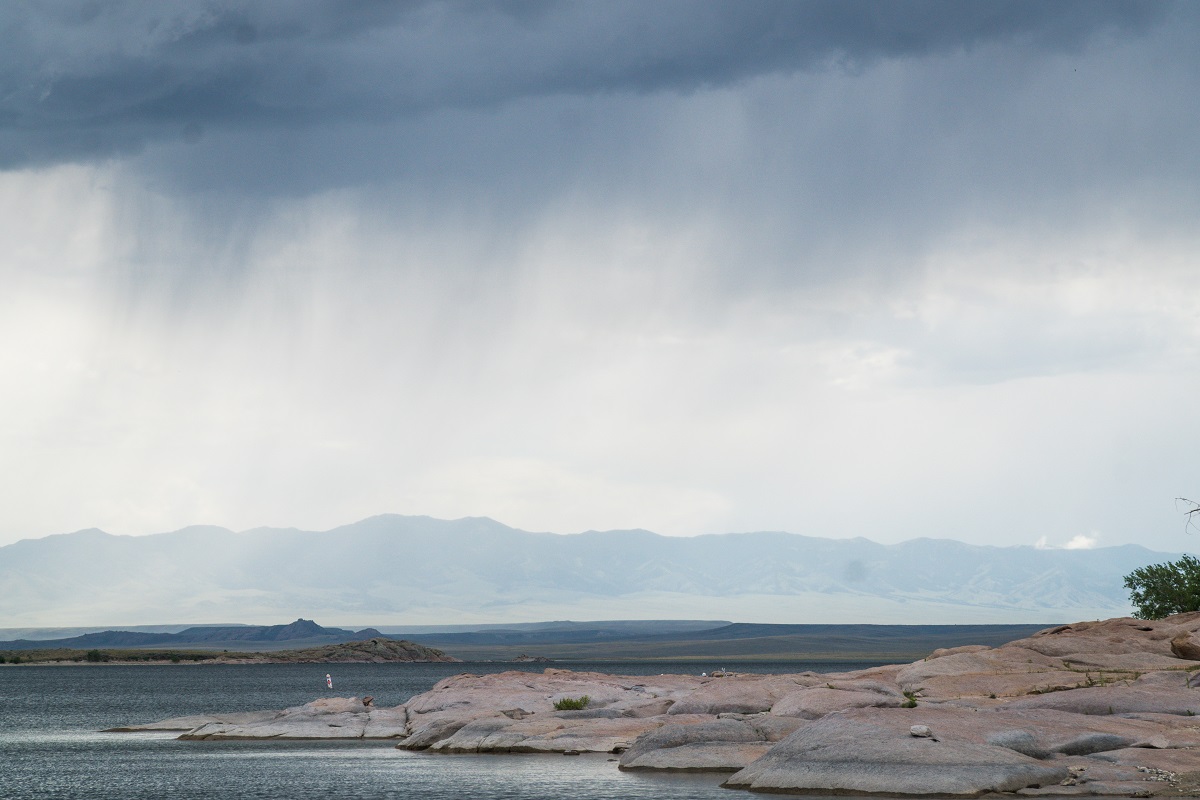Virga clouds
When rain falls from a cloud but doesn't reach the ground it can create wispy tails from clouds known as virga.
What are virga?
Virga, from the Latin for 'rod' or 'branch' appear as light wisps which are attached to the base of a cloud and are often at their most striking when lit by a red sunset with a light wind extending the tail into a angled curve.

How does virga form?
Simply put, virga are trails of precipitation that fall from the underside of a cloud but evaporate or sublime before it can reach the earth's surface. This happens when falling rain or ice passes through an area of dry or warm air.
What weather is associated with virga?
As you might expect, virga are associated with precipitation that does not reach the ground, often happening in isolated locations on sometimes, the finest of days. However, on some occasions, virga can lead to the development of microbursts, which pose a dangerous threat to planes and aircraft. These microbursts come about as rainfall transitions back into water vapour, removing heat from the air and causing an accelerating sink of colder air, which can cause severe turbulence.
The jellyfish of the skies
Virga are often referred to as 'jellyfish clouds' based on their puffy-top appearance with streaky stingers hanging below. Apart from jellyfish though, they are often spotted looking like various objects in the sky.
What clouds are associated with virga?
As a supplementary cloud feature, they occur most frequently with Cirrocumulus, Altocumulus, Altostratus, Nimbostratus, Stratocumulus, Cumulus and Cumulonimbus.





